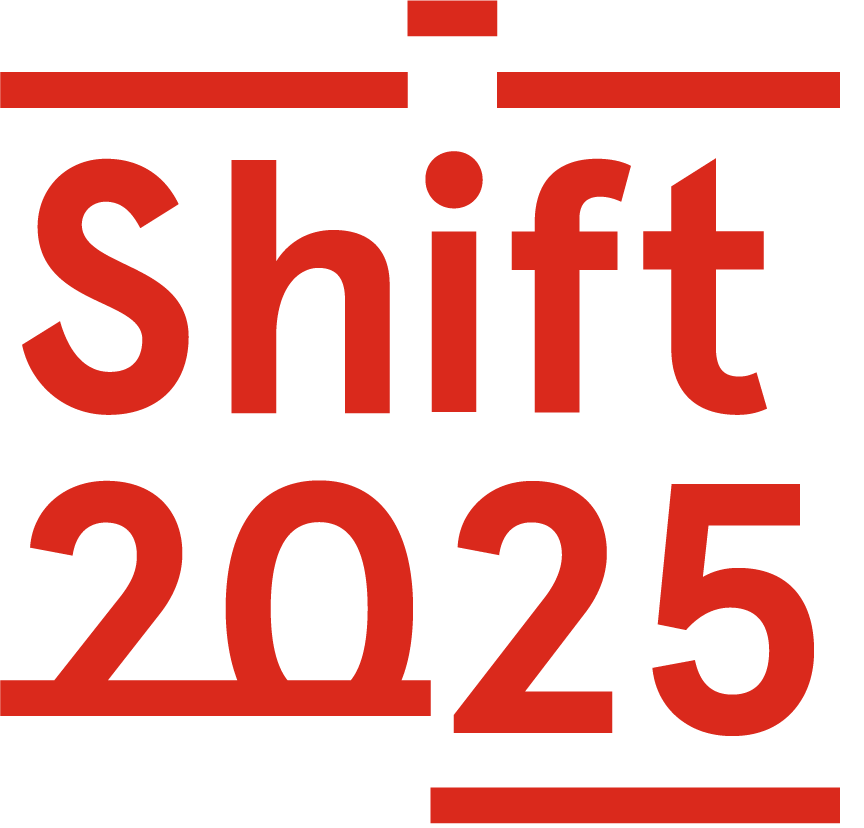
Urban Energy Shift
Selected Project
Urban Energy Shift

Project Team:
Zachary Colbert | Carleton University Azrieli School of Architecture and Urbanism
Antonio Gioventu | Condominium Homeowners Association of British Columbia
Shelby Hagerman, James Nguyen, Jasmine Skyes and Connor Tamborro | Carleton University Azrieli School of Architecture and Urbanism
The built environment is the largest contributor to global greenhouse gas emissions, and professionals of the built environment must contribute to a shift in thinking about energy infrastructure. How we use and acquire energy is directly linked to some of the most pressing issues facing humanity, including climate change, access to clean water, adequate food supply and geopolitical stability.
Imagine a near-future city, where individual buildings operate as clean-energy power stations—self-sufficient energy nodes that store, capture and produce energy. These buildings will act together with other buildings and other energy-generation infrastructures in a real-time energy internet that creates ever-increasing energy efficiency in the built environment. The design of buildings will change to consider new spaces of energy infrastructures that are tuned to cycles of energy demand and that participate in real-time energy exchange with the grid.
Public policy addressing the built environment will be reshaped by these new infrastructures in tandem with their real-world application. This work is a collaborative and interdisciplinary endeavour between industry and academia. These ideas have been further extended through a research application in the Tri-Agency New Frontiers in Research program in collaboration with Carleton University’s Dr. Jean Duquette, Assistant Professor of Mechanical Engineering, and Dr. Alexandra Mallett, Assistant Professor of Public Policy, along with the Condominium Homeowners Association of British Columbia and BCHousing in Vancouver.

Jury Comments
“Beautifully presented, this project embraces the technological potential of our rapidly evolving world, and shows the power of architecture to transform.”
“This captures the key issues facing the profession of architecture in the 21st century: how to realize the energy potential of the built environment in a way that enhances the public realm, bringing together art, science and design in powerful way.”
“Sustainability of our cities is key for our viable future; this project links the technology present today, and shows how architects can creatively present ideas in a rich tapestry of rendered images that evoke the hope, and potential, of the profession.”
